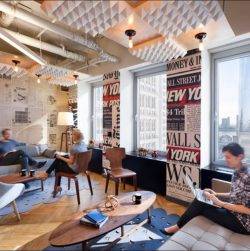January 22, 2019
London remains top gateway city in the world for commercial property investors
 London maintained its position as the top city for global real estate investment in 2018, according to research published today by JLL. The report claims that investors continue to favour cities they are familiar with and that have well-established investment markets and high levels of transparency. Well-known, large gateway cities with the world’s deepest concentrations of capital, companies and talent continue to dominate the top ranks. Twelve cities–London, New York, Paris, Seoul, Hong Kong, Tokyo, Shanghai, Washington DC, Sydney, Singapore, Toronto and Munich–have appeared in the top 30 ranking every year for the past decade and account for 30 percent of all real estate investment. (more…)
London maintained its position as the top city for global real estate investment in 2018, according to research published today by JLL. The report claims that investors continue to favour cities they are familiar with and that have well-established investment markets and high levels of transparency. Well-known, large gateway cities with the world’s deepest concentrations of capital, companies and talent continue to dominate the top ranks. Twelve cities–London, New York, Paris, Seoul, Hong Kong, Tokyo, Shanghai, Washington DC, Sydney, Singapore, Toronto and Munich–have appeared in the top 30 ranking every year for the past decade and account for 30 percent of all real estate investment. (more…)




































January 7, 2019
What Leonardo da Vinci can teach us about the six hour working day 0
by Mark Eltringham • Comment, Flexible working, Technology, Wellbeing
(more…)